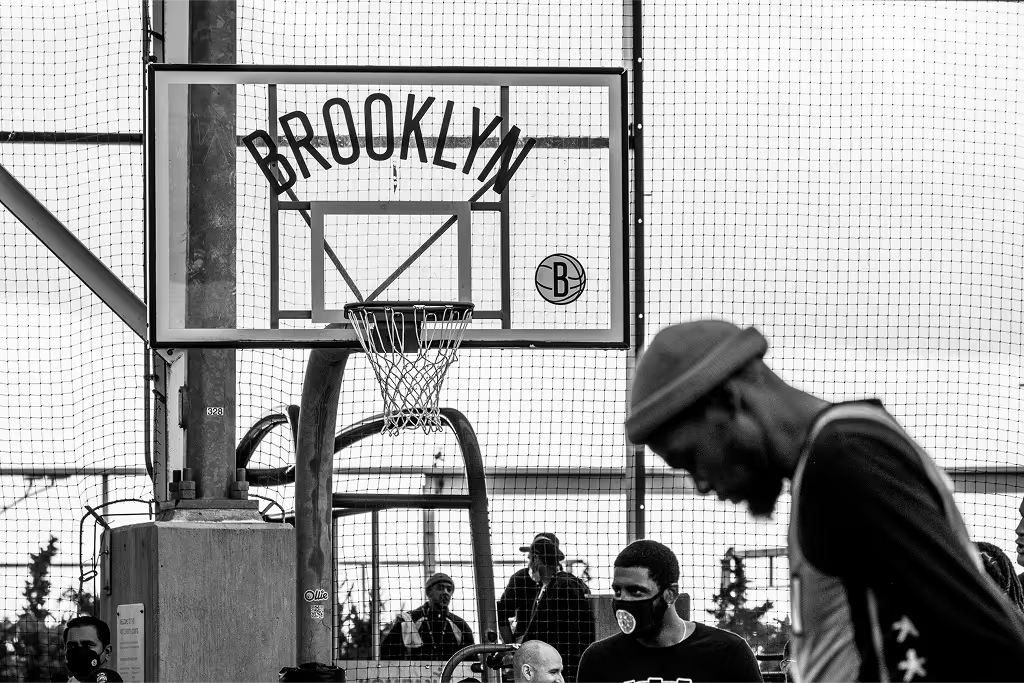Cleveland Museum of Art
.jpg)
The Cleveland Museum of Art (CMA) has long been a global leader in the art world and an innovator in museum technology. With more than 66,500 artworks spanning from ancient artifacts to contemporary masterpieces, CMA has established itself as one of the world's premier cultural institutions. However, their digital presence wasn't reflecting their cutting-edge reputation or serving their mission to make art accessible to all.
Fragmented Digital Experience Was Undermining Brand Authority
Despite CMA's reputation for innovation, their website consisted of five separate subdomains with inconsistent visual styles that made every page feel like it belonged to a different museum. This fragmentation created a confusing user experience that prevented visitors from fully appreciating the museum's extensive collection and groundbreaking work in the museum technology space.
The brand inconsistency posed serious operational challenges beyond just aesthetics. Managing content across multiple platforms made it difficult to maintain the data accuracy that's crucial in the art world—especially for provenance information, where inconsistencies can create significant problems. Most critically, the fragmented digital presence failed to showcase CMA's expertise in the digital arena, undermining their position as a technology leader in the museum world.
Strategic Consolidation with Art-First Design
We partnered with CMA's Digital Innovation team to consolidate five separate websites into one unified, seamless digital experience. Our strategy centered on creating a platform that would serve as a true extension of the museum itself, allowing visitors to feel like they were stepping into CMA even when browsing online.
Working closely with Prime Access Consulting, we prioritized accessibility from the outset, ensuring the new platform would exceed standard compliance requirements. Our approach balanced CMA's classical heritage with their forward-thinking technology leadership, using thoughtful typography and minimal design elements that kept artwork as the focal point of every page.
The technical architecture leveraged Drupal as the content management system with a decoupled Next.js front-end, providing the flexibility and scalability needed for a world-class museum while integrating seamlessly with CMA's existing systems.
Key Solutions That Transformed Digital Engagement
Unified Brand Experience: We created a cohesive visual identity that reflects CMA's unique atmosphere—the perfect blend of classical and modern design that visitors experience in person. By consolidating five subdomains into one platform, we eliminated brand confusion and created a seamless journey from artwork discovery to visit planning.
Art-Centered Digital Collection: We designed an immersive online collection experience that encourages deep interaction with each piece. Users can zoom in on details, explore multiple perspectives, and dive into conservation histories, making them feel as though they're experiencing the art up close. The flexible design adapts to showcase each medium authentically, whether paintings, sculptures, or jewelry.
Integrated Commerce and Data Platform: We streamlined operations by integrating Tessitura, CMA's e-commerce and CRM platform, eliminating the burden of managing separate donation and ticketing systems. The Collections API integration ensures artwork information appears consistently throughout the site, maintaining the data accuracy that's crucial for provenance and scholarly research.
Deeper Engagement and Enhanced Digital Authority
The transformation delivered measurable improvements across all key engagement metrics. User session length increased by 20%, demonstrating that visitors are spending more time exploring CMA's offerings. Page views per visit improved by 18%, indicating deeper content exploration and stronger connection with the collection.
The unified platform proved particularly effective at driving event engagement, with upcoming events seeing a 78% increase in views. This represents significant new opportunities for program attendance and community involvement that the fragmented experience couldn't capture.
Beyond the metrics, the new platform successfully positions CMA as a digital innovation leader while maintaining the accessibility standards that reflect their commitment to inclusivity. The seamless integration of content, commerce, and personalization creates a foundation for future digital initiatives that will keep CMA at the forefront of museum technology.
What This Means for Cultural Organizations
If your digital presence feels fragmented, or if managing multiple platforms is creating brand inconsistencies and operational inefficiencies, you're facing the same challenges that CMA overcame. The key is recognizing that digital unification isn't just about aesthetics—it's about creating cohesive experiences that reflect your organization's expertise and serve your mission more effectively.


